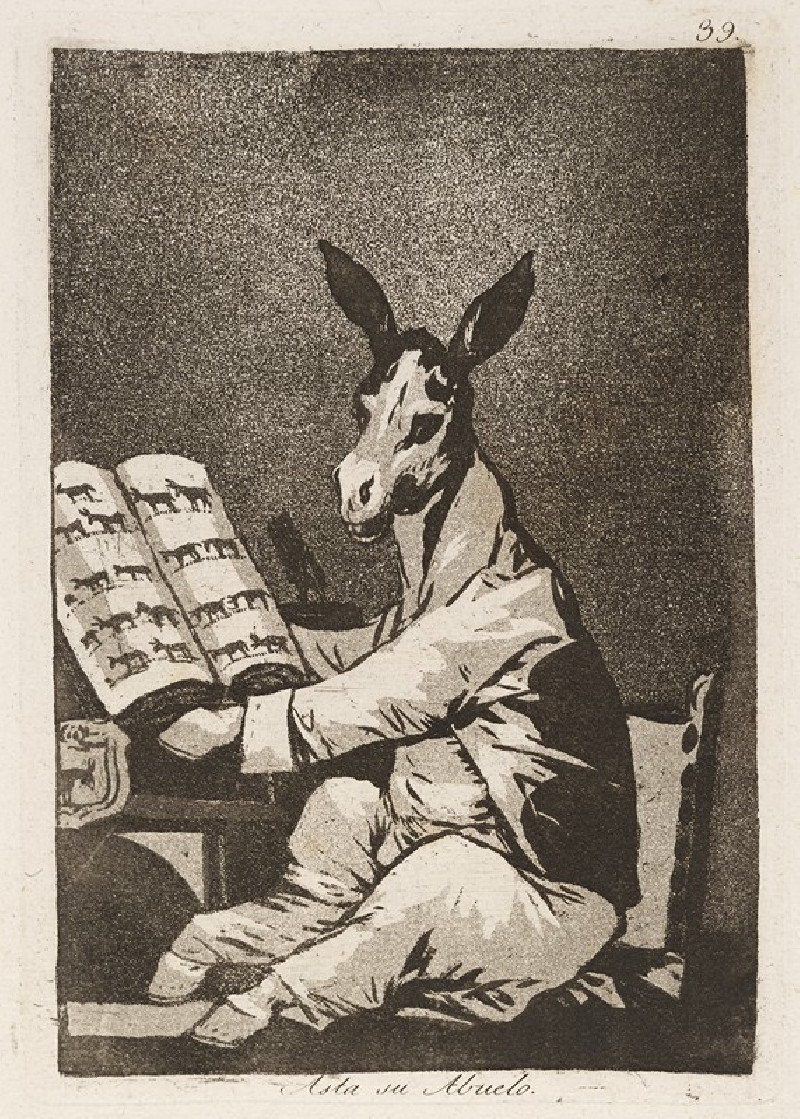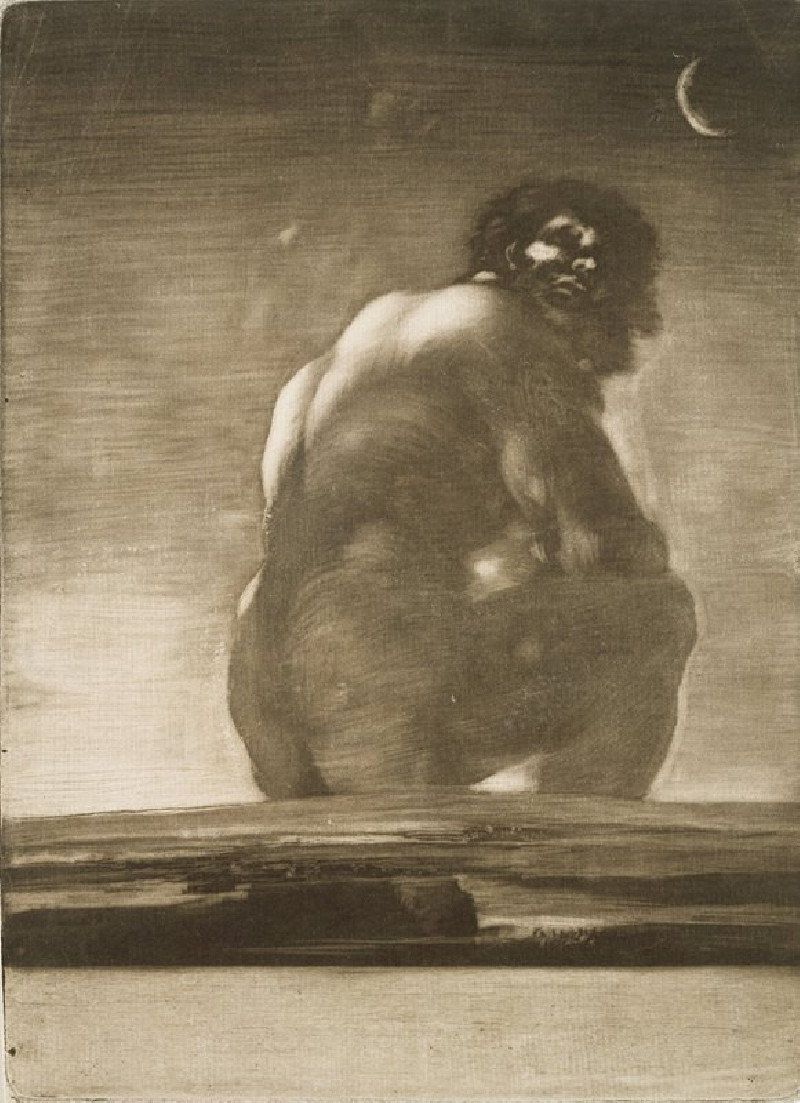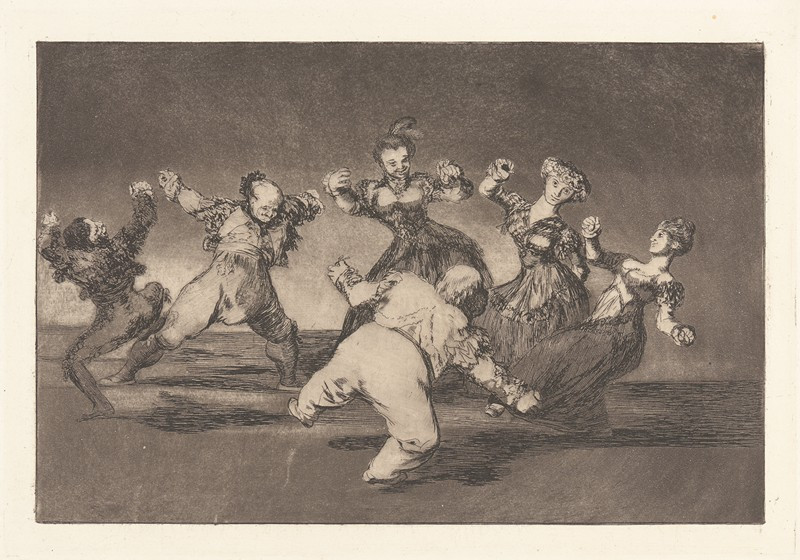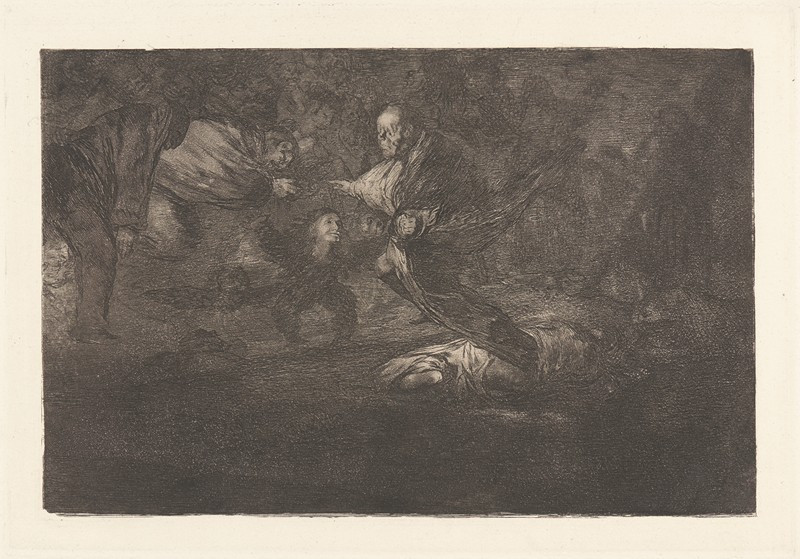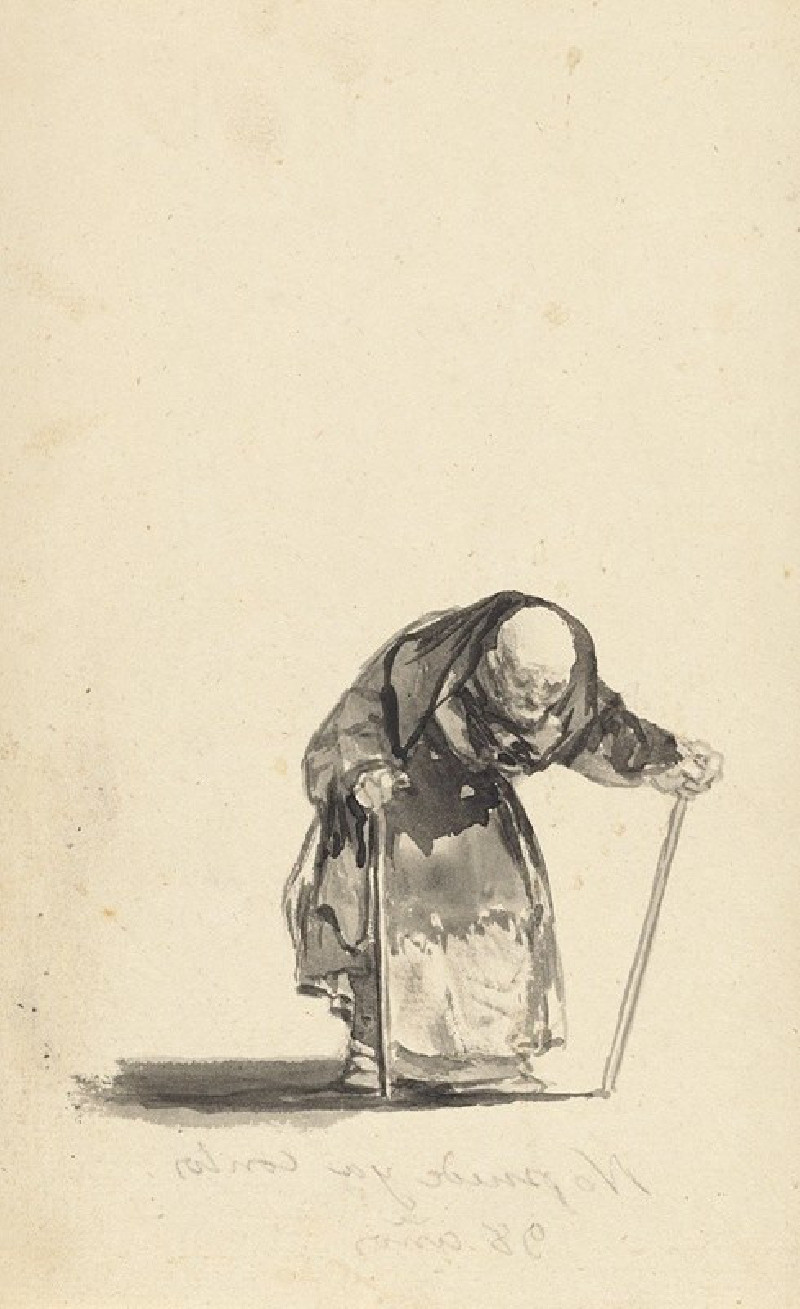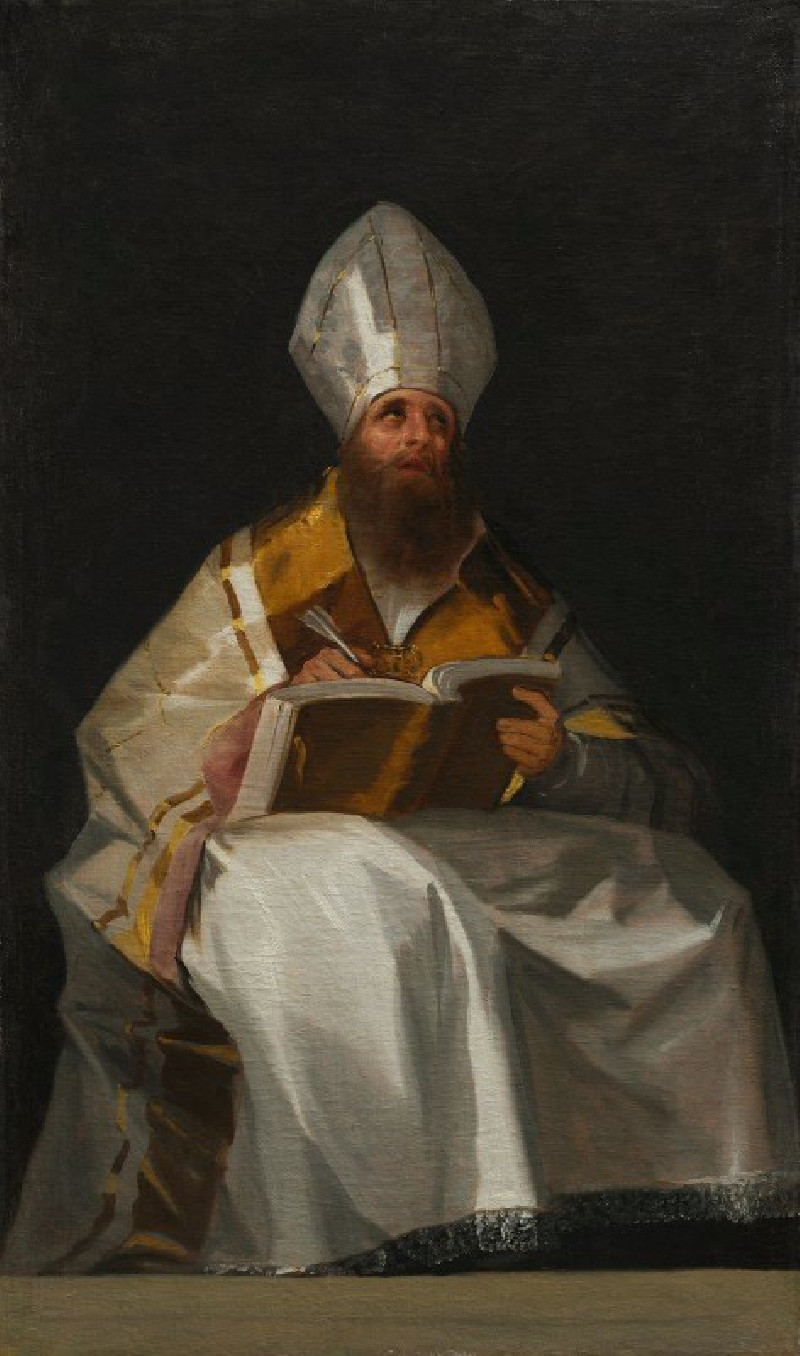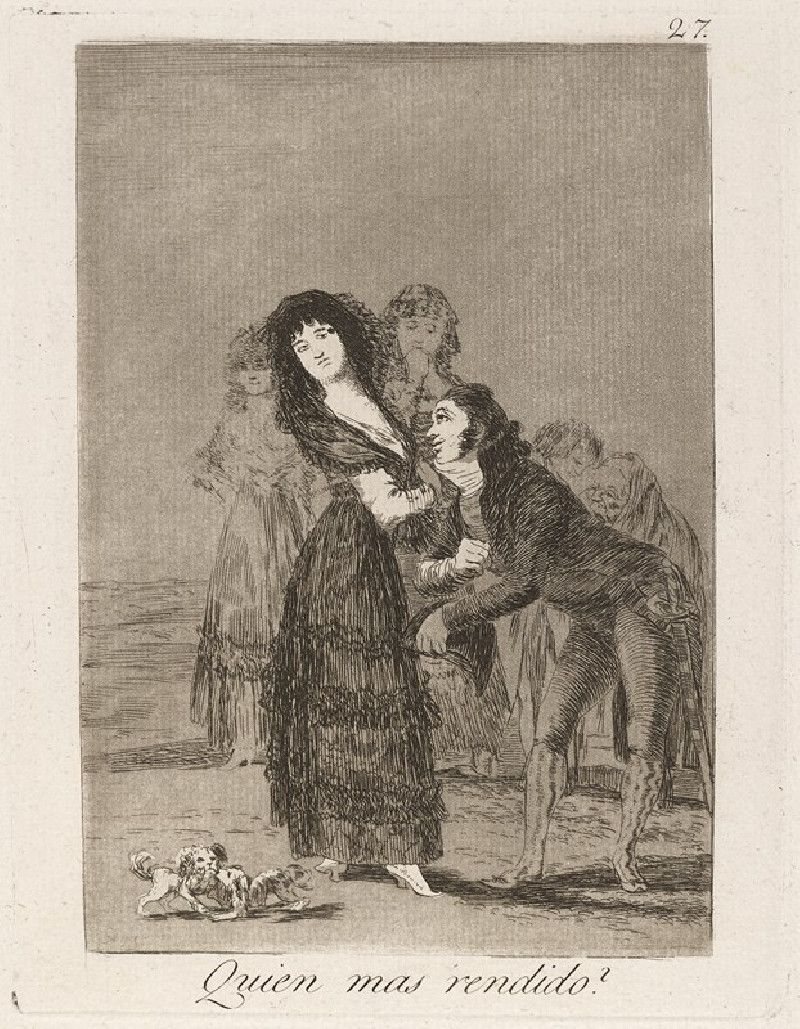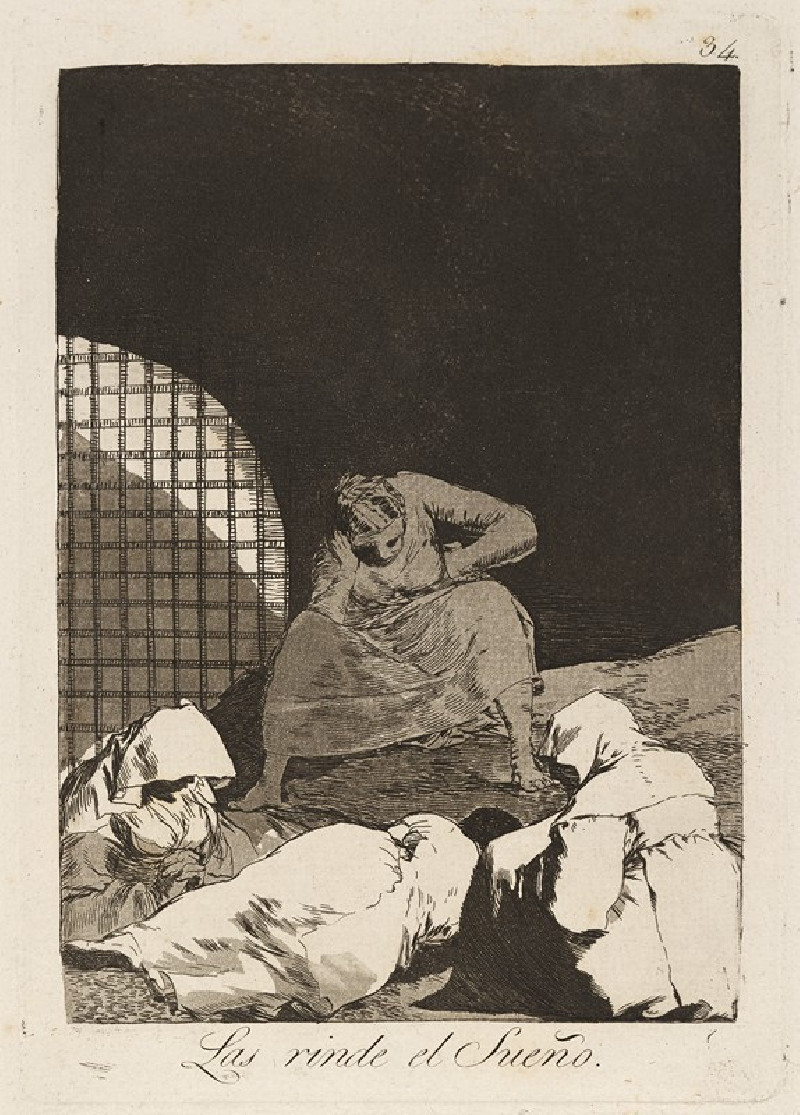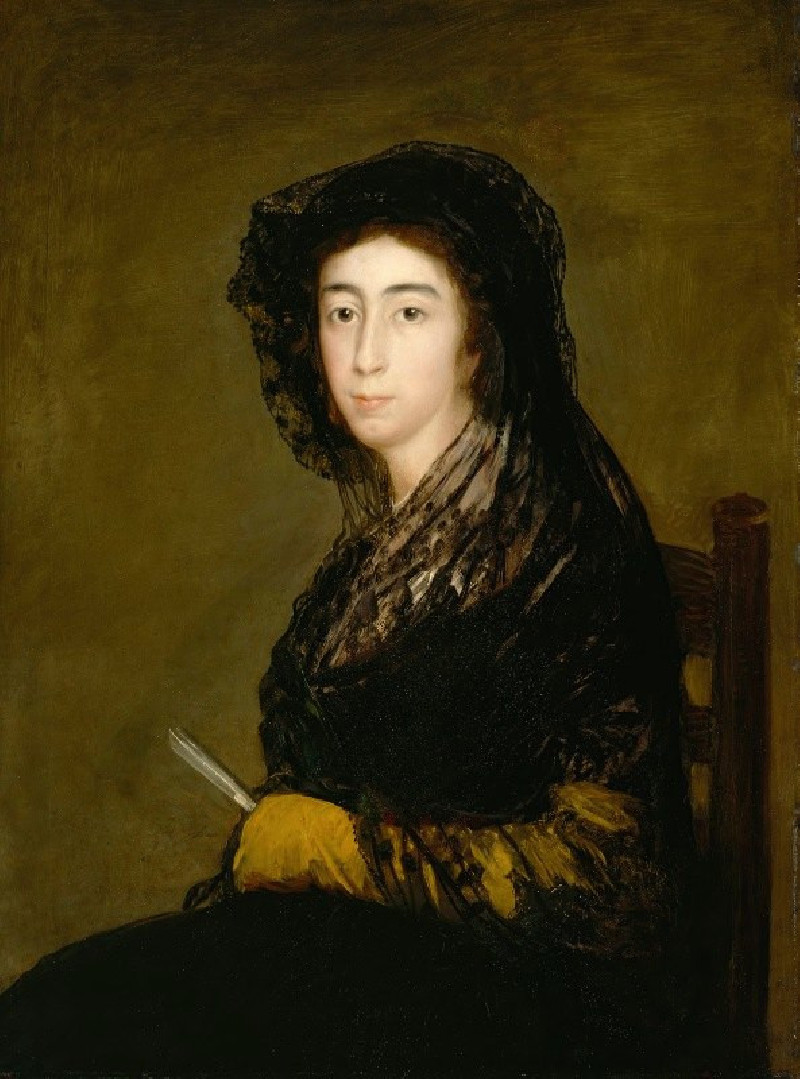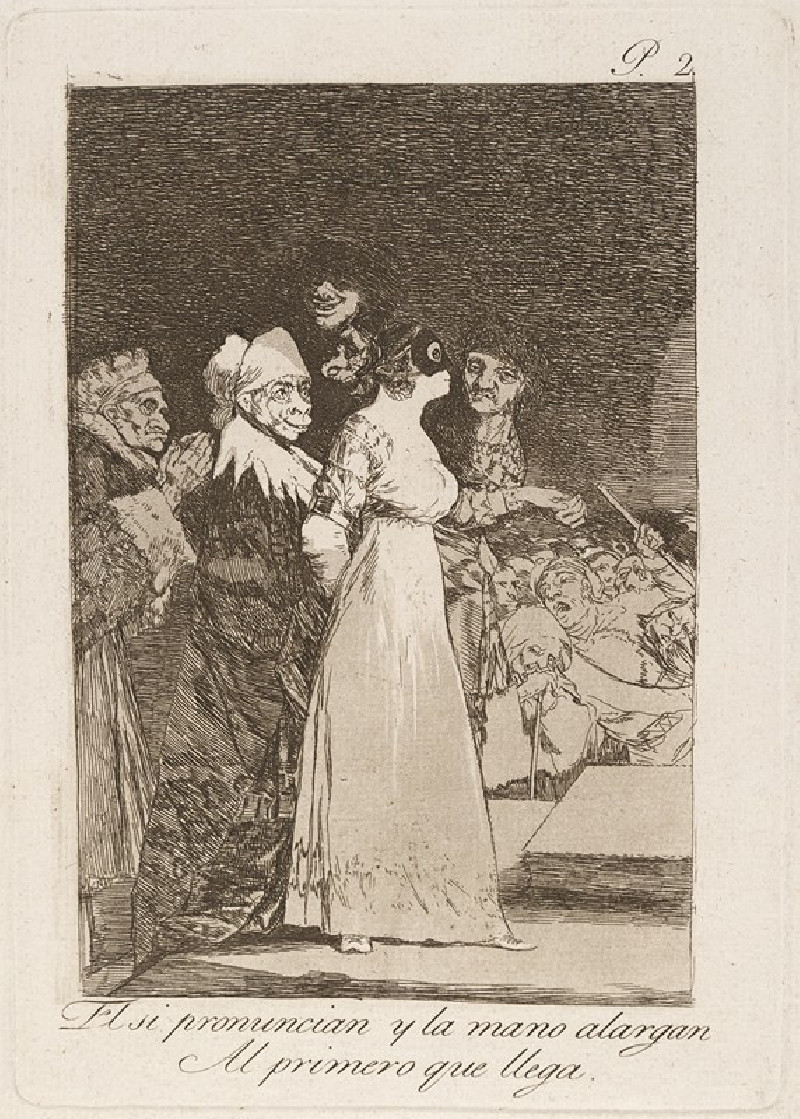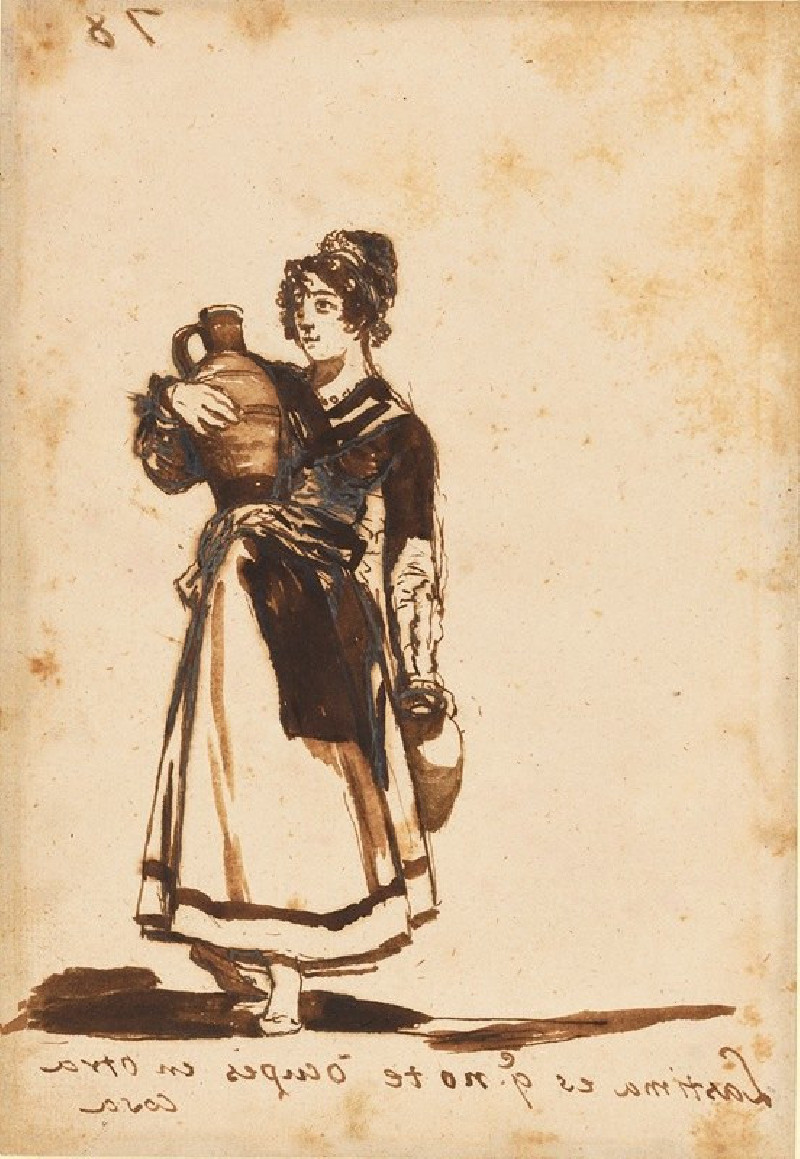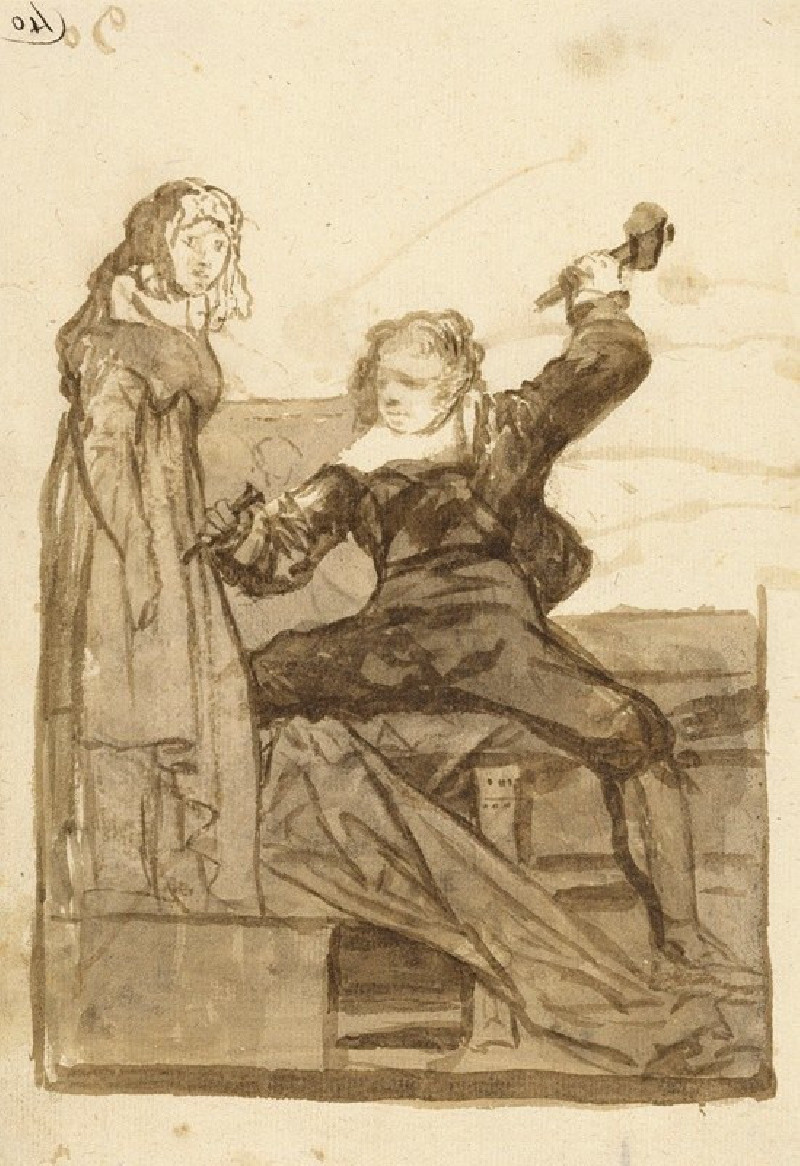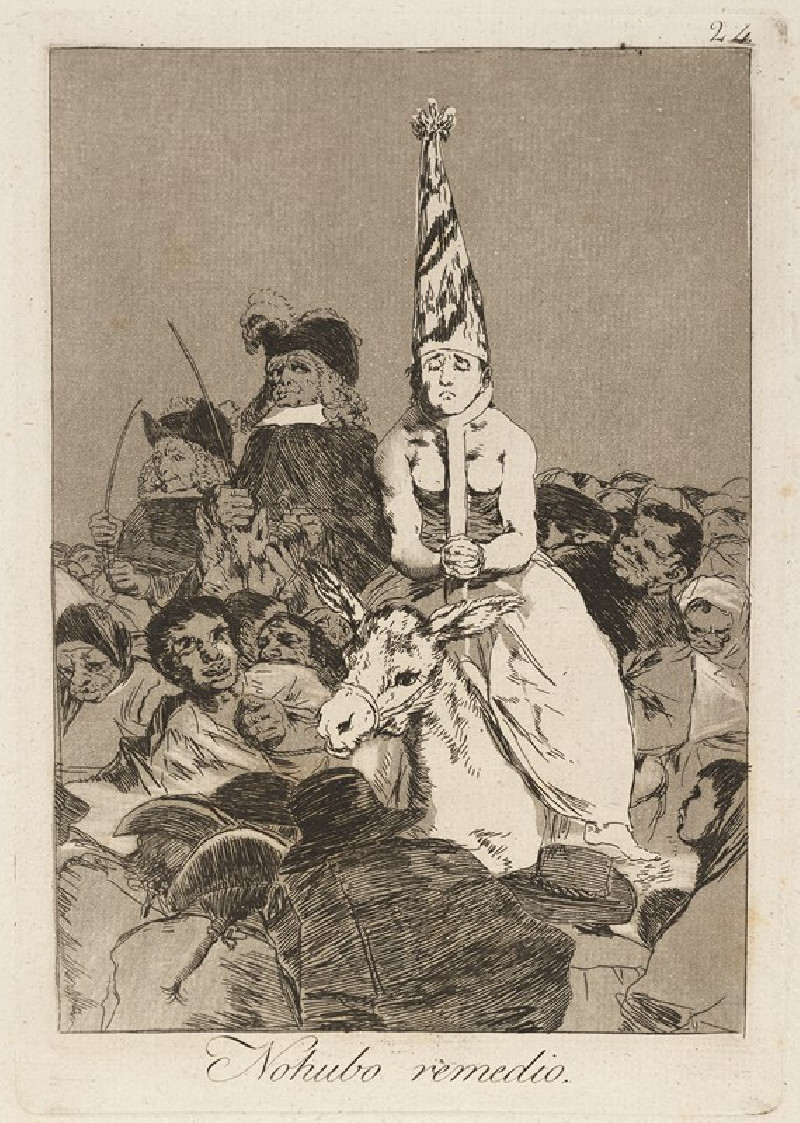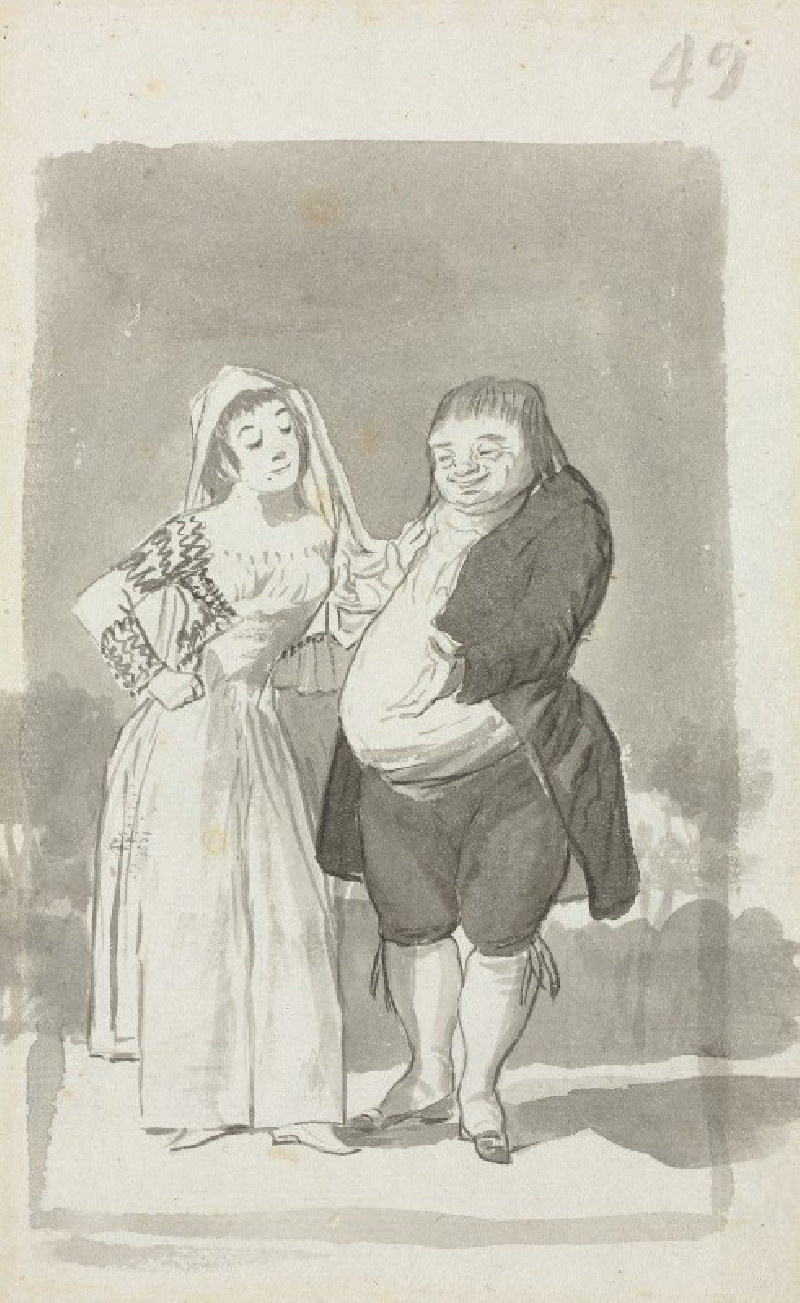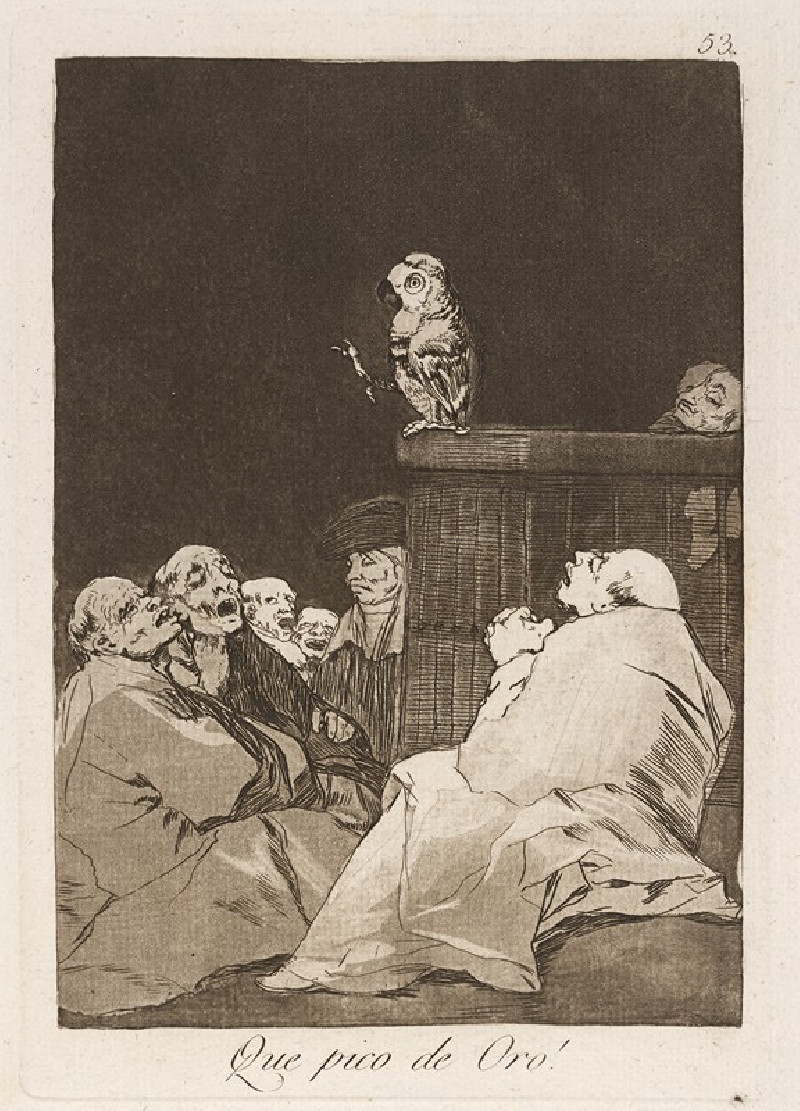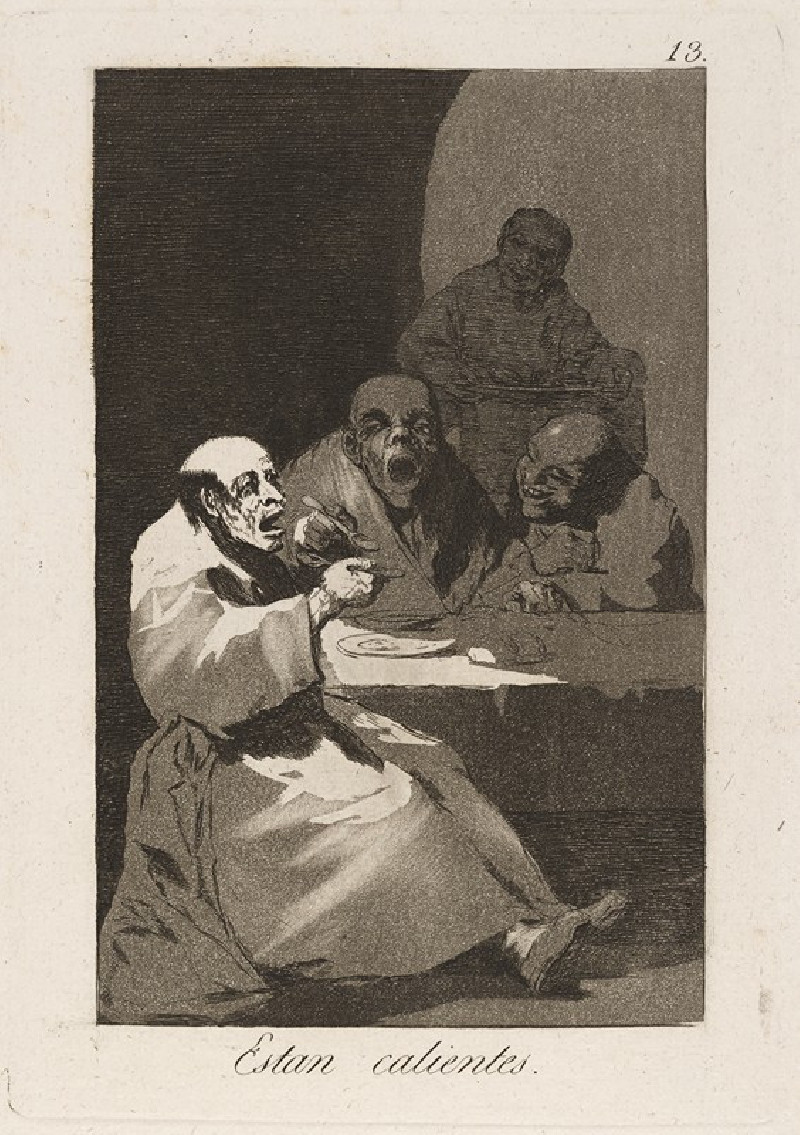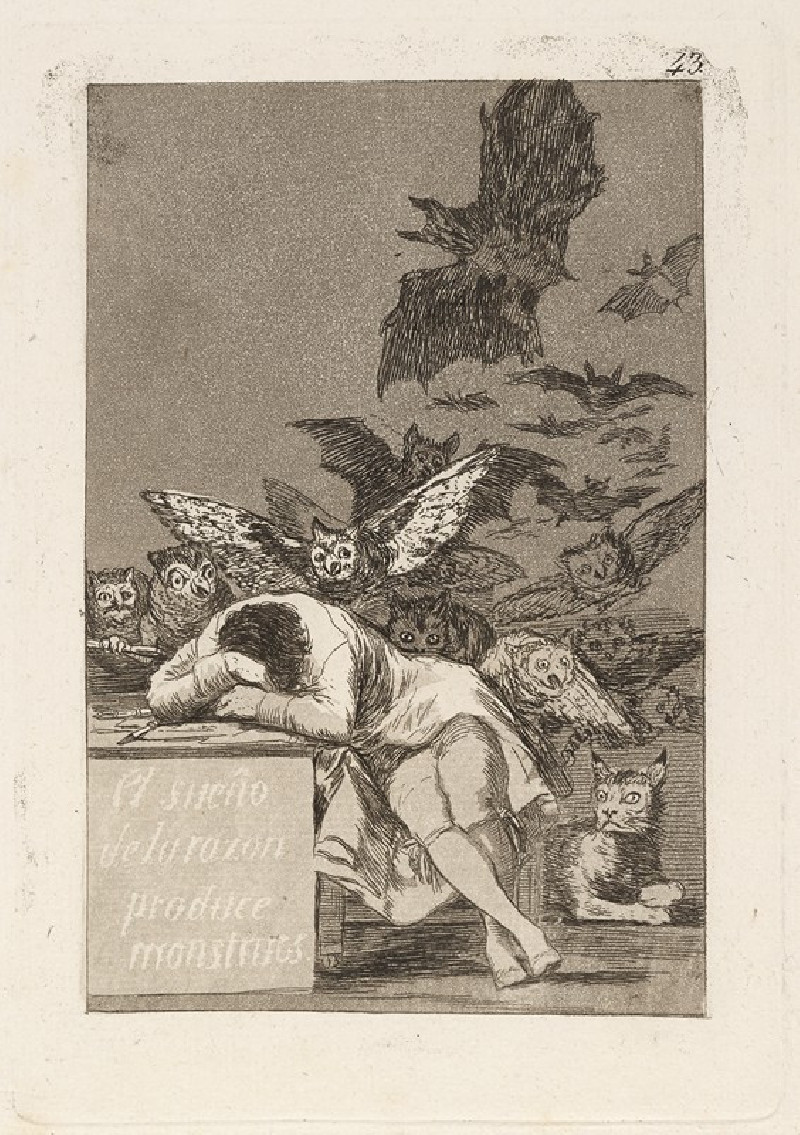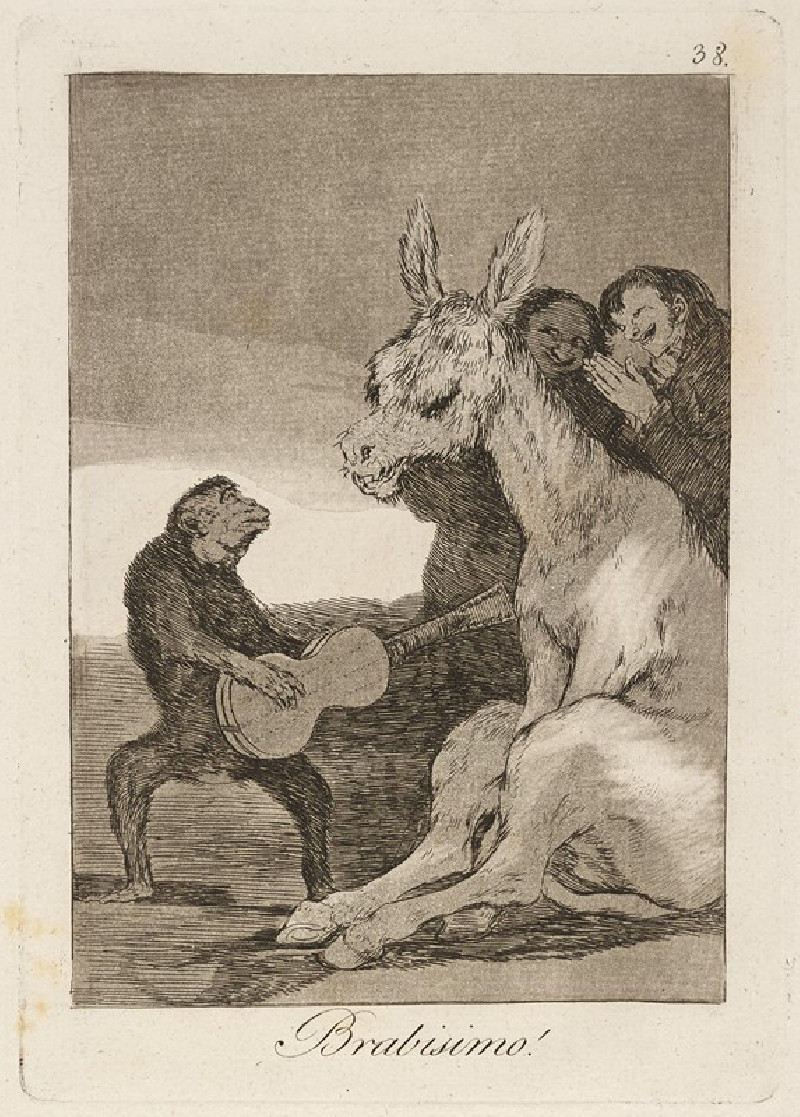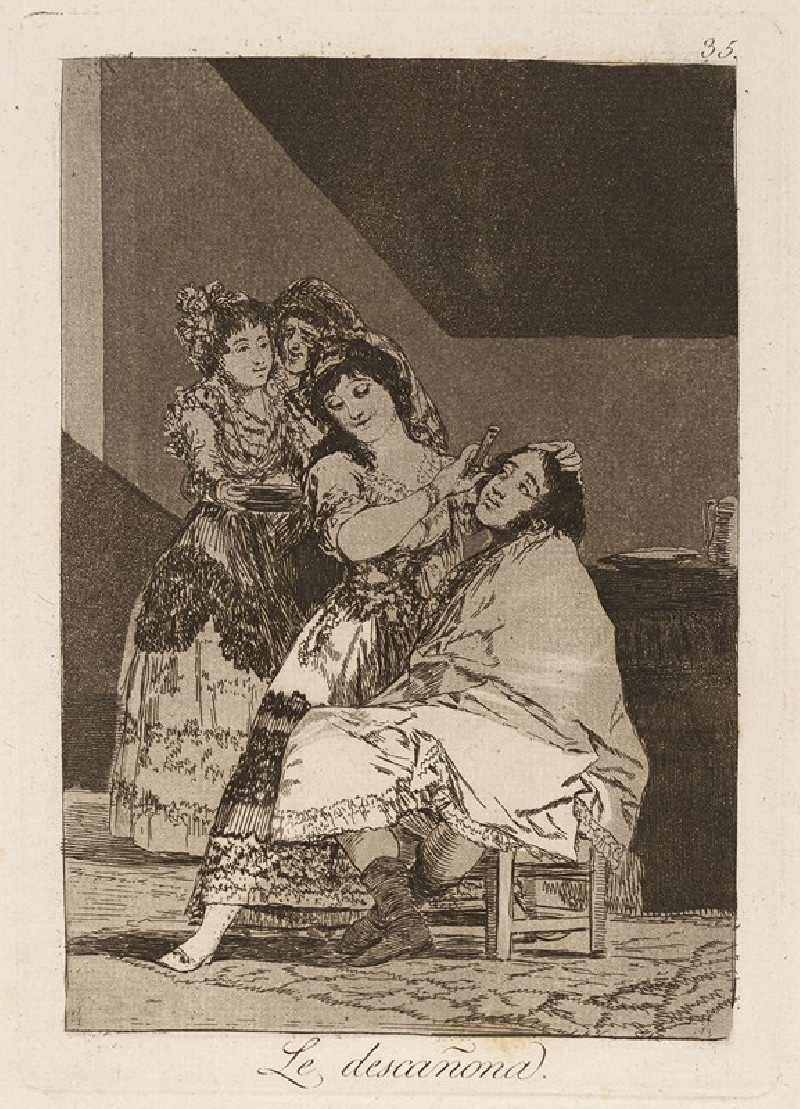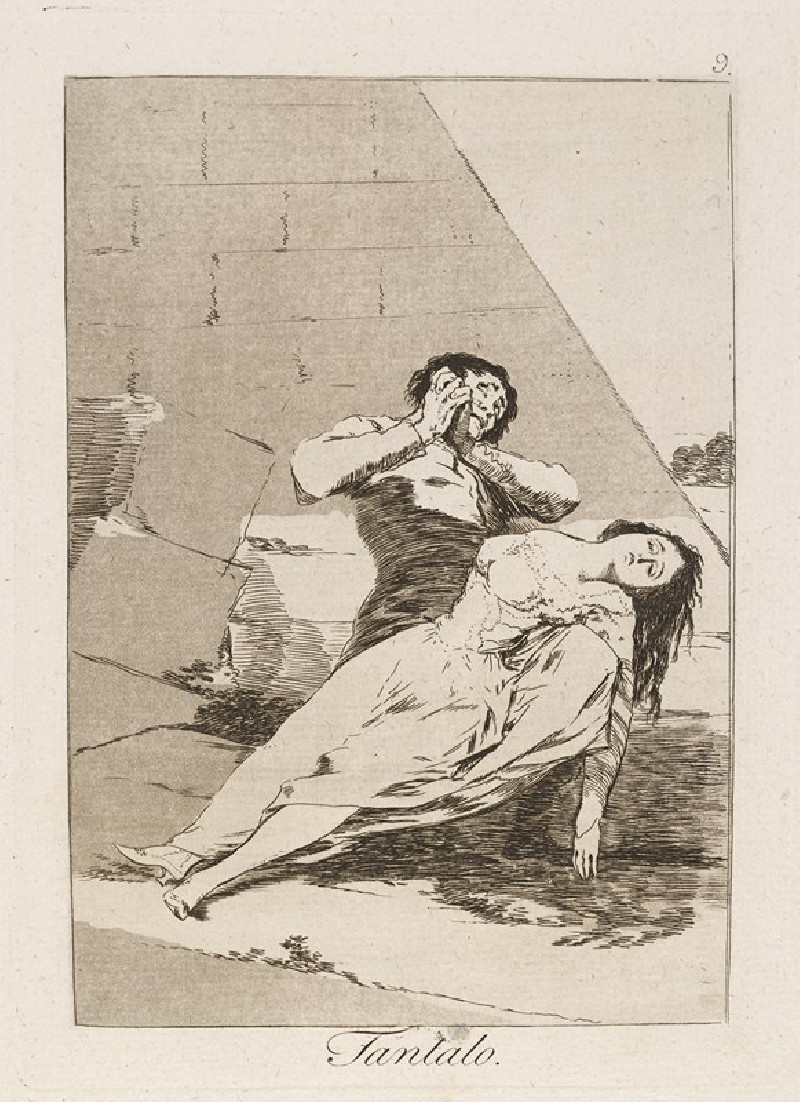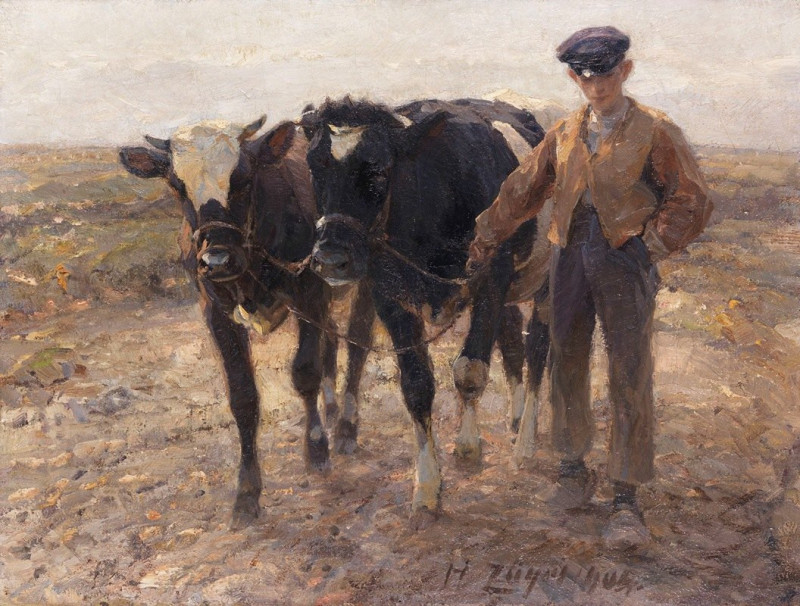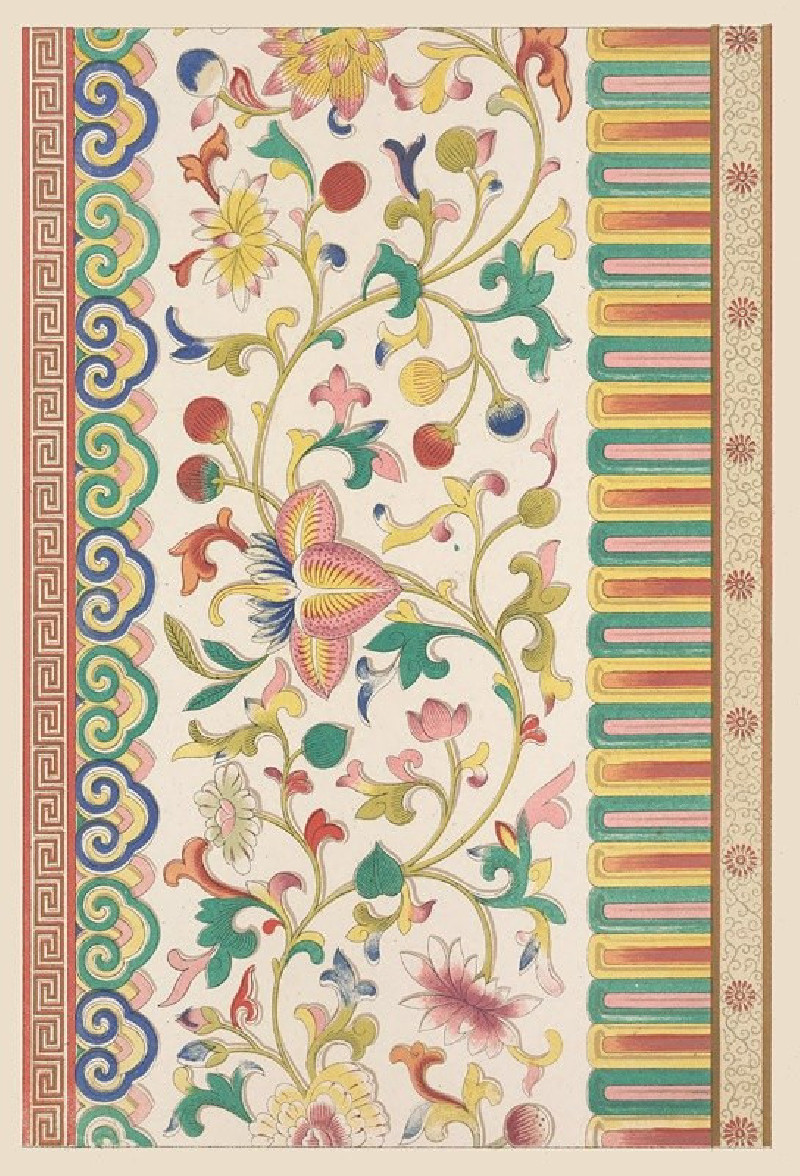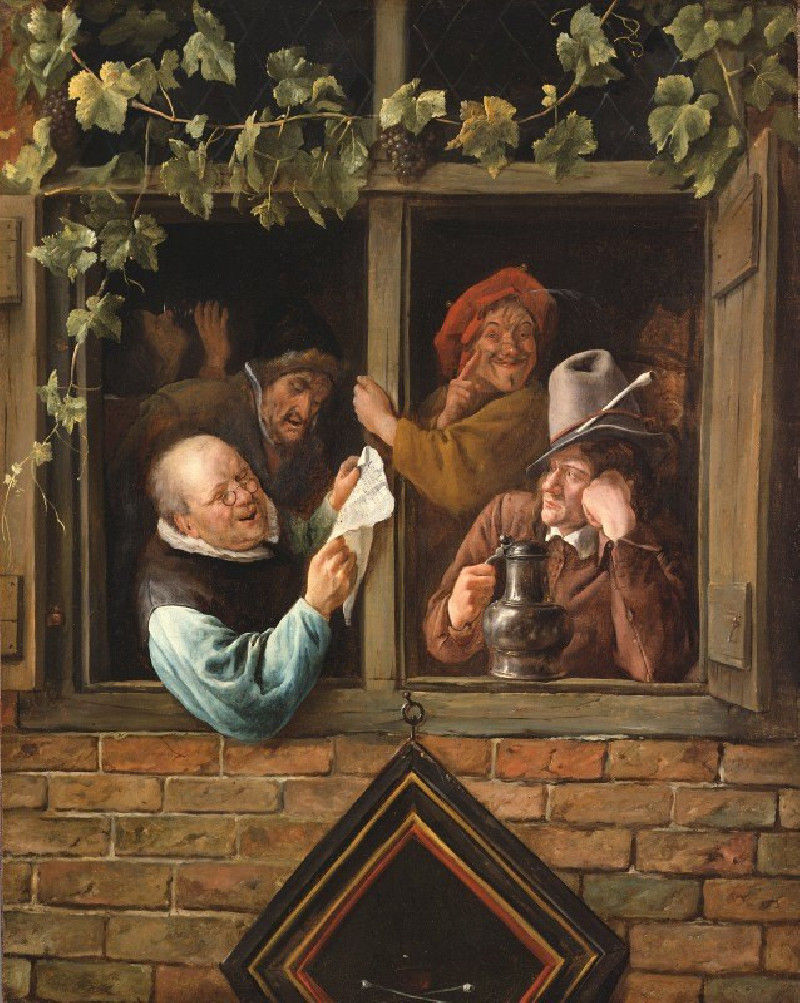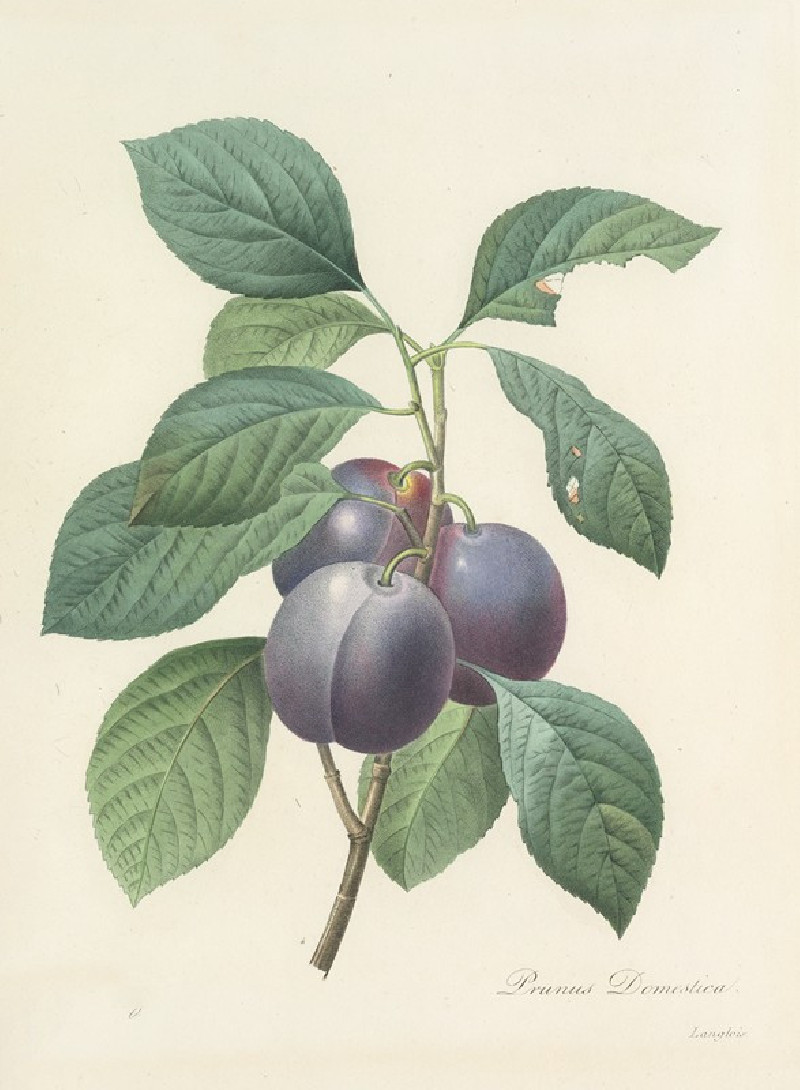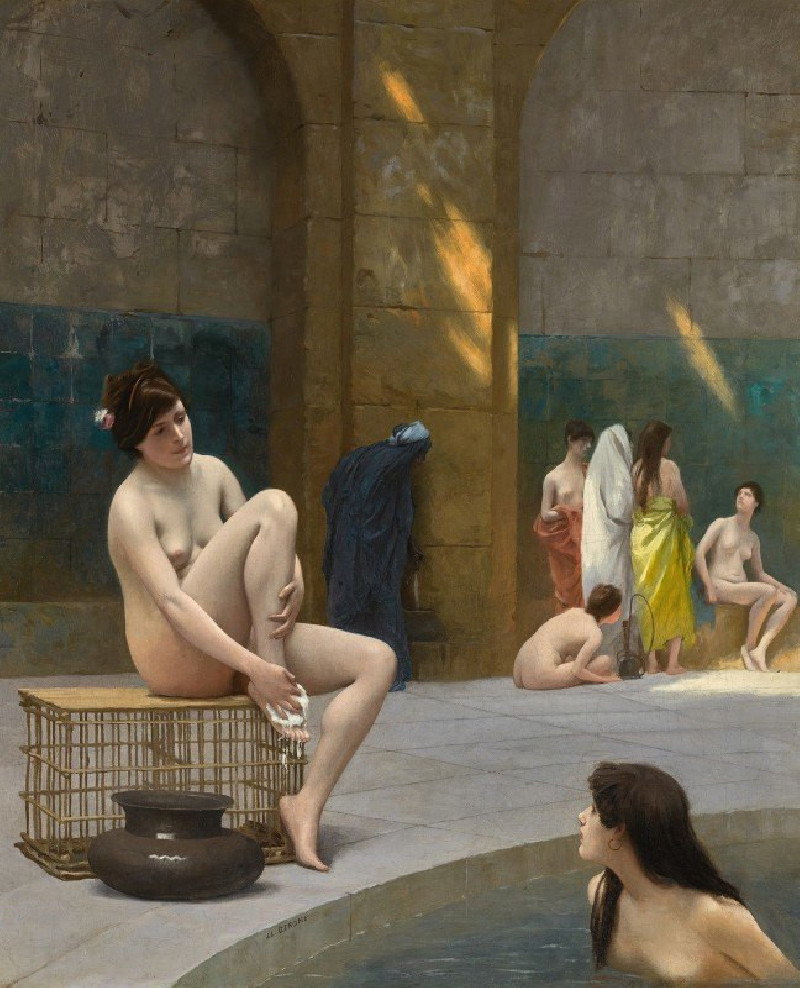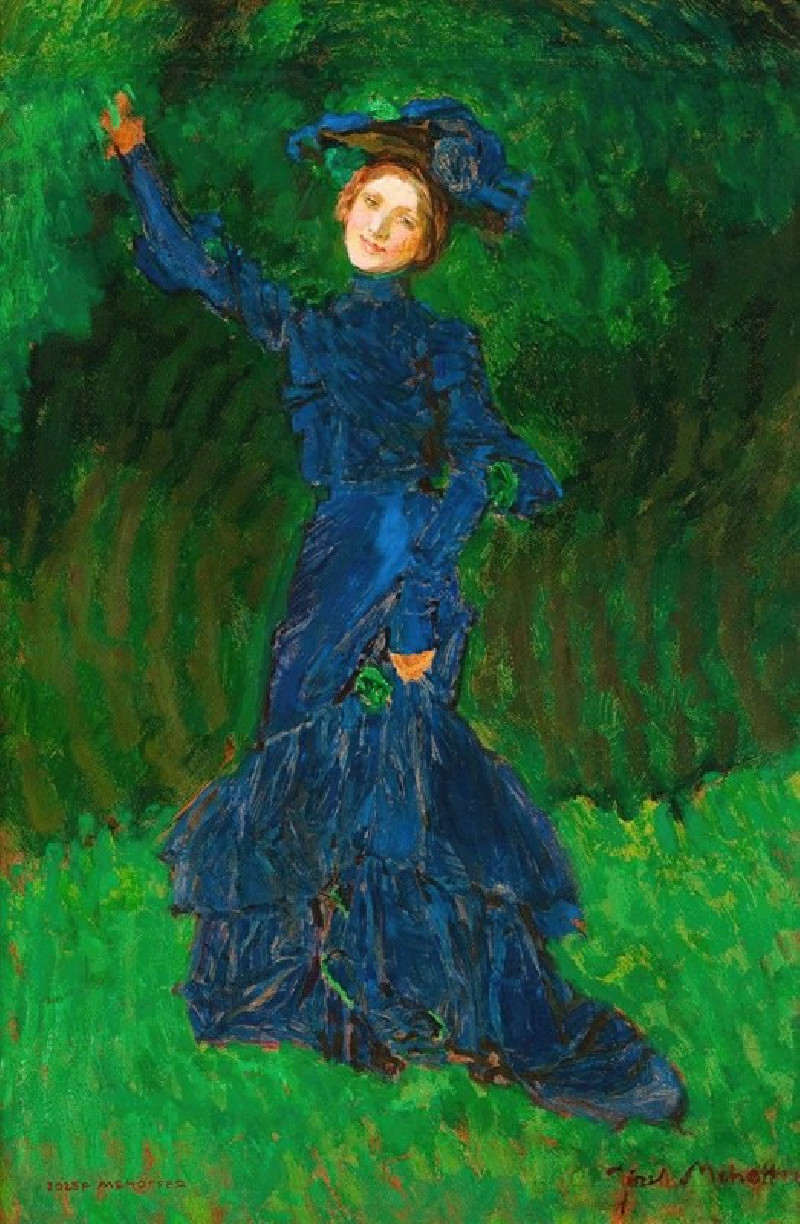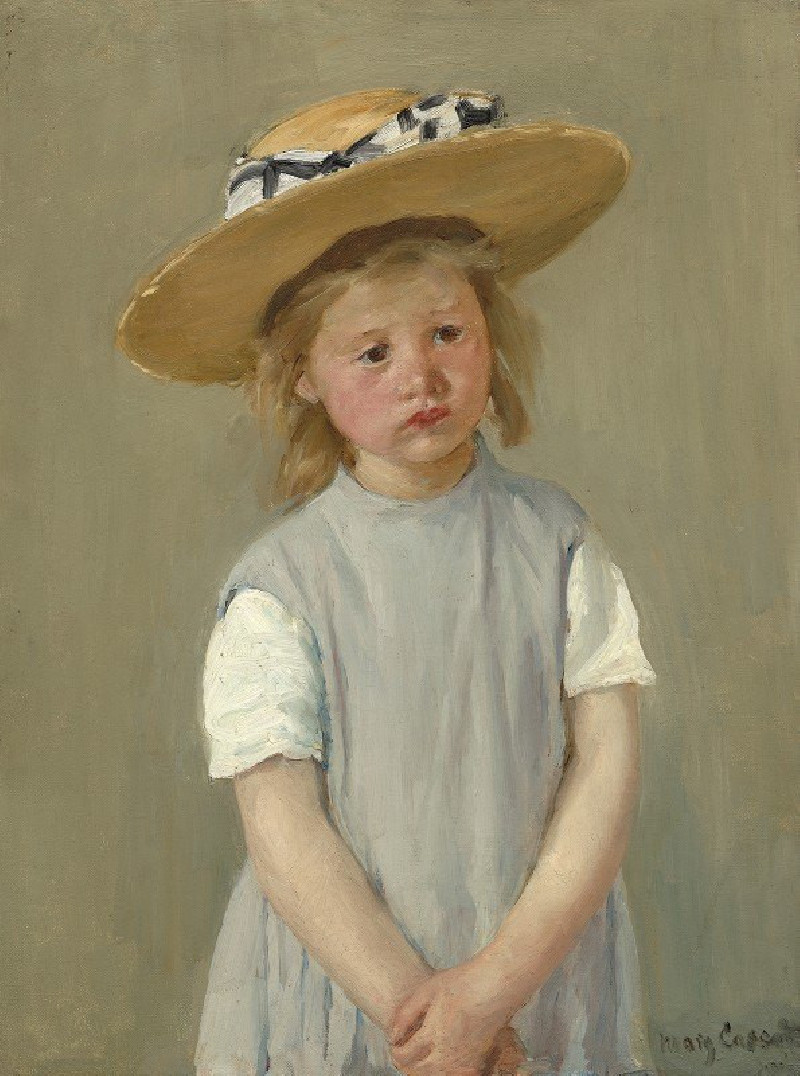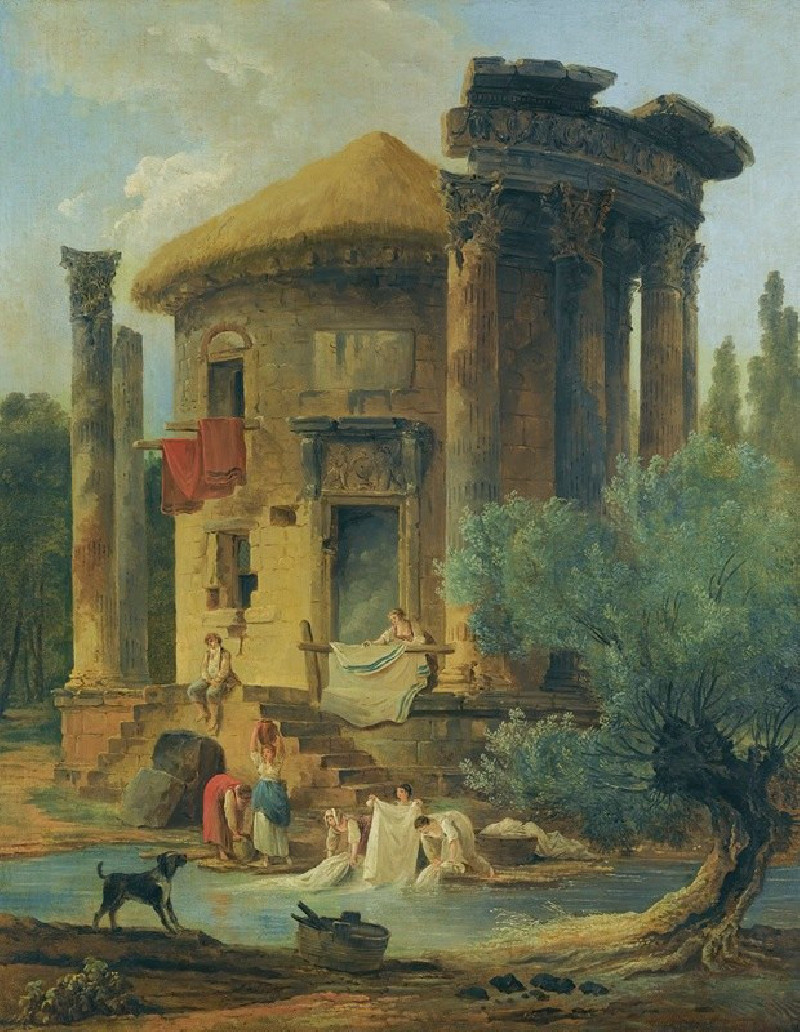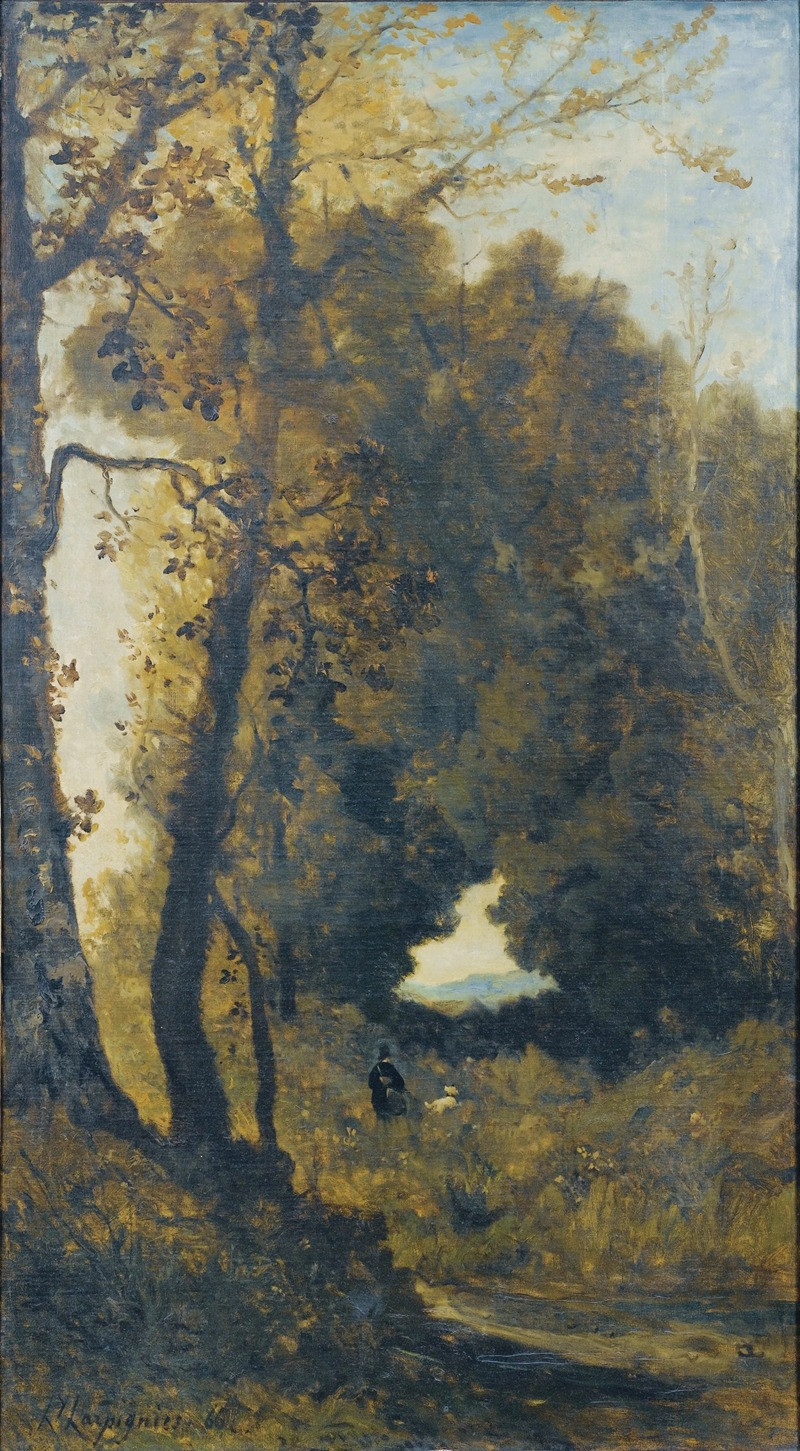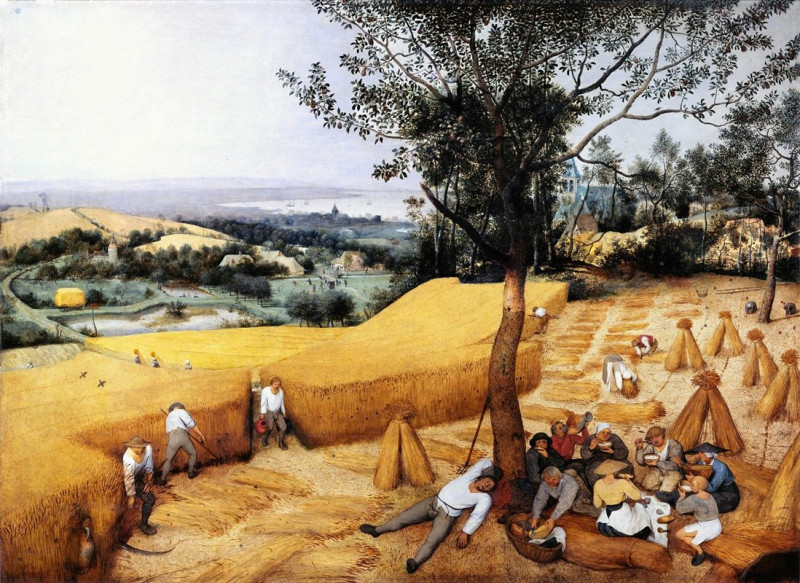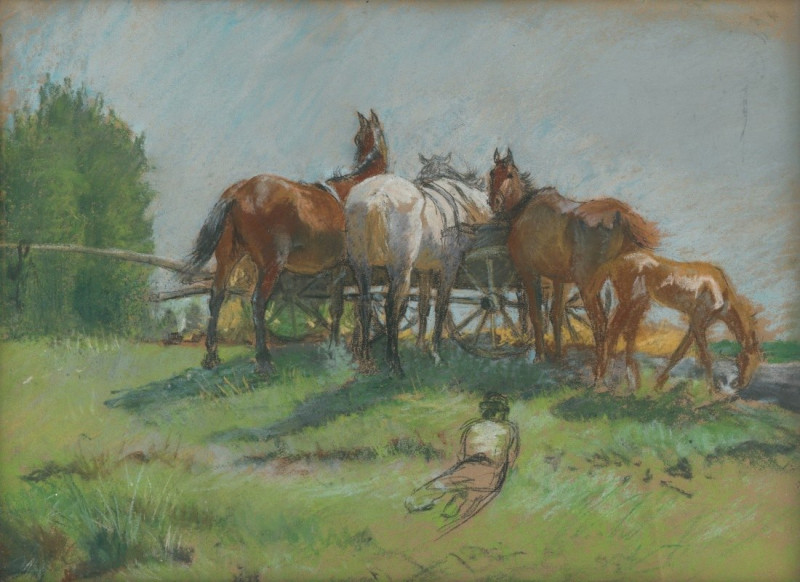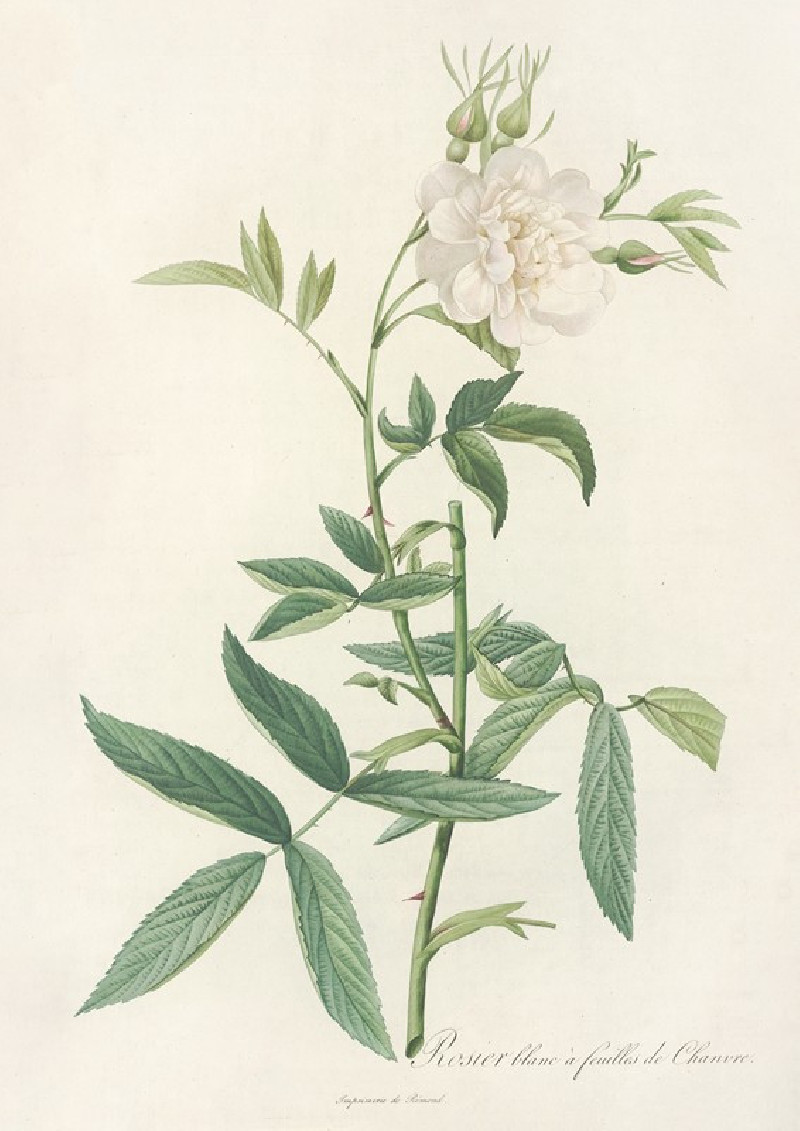Asta su Abuelo. (And so was his grandfather.) (1796-1797)
Technique: Giclée quality print
Recommended by our customers
More about this artwork
Delve into the captivating world of Francisco de Goya with the intriguing etching "Asta su Abuelo" (And so was his grandfather) from his famed series, Los Caprichos. Created between 1796 and 1797, this artwork offers a satirical glimpse into the social and political issues of Goya’s time, which remain poignantly relevant today.The etching depicts a donkey, dressed in human clothing, diligently reading a manuscript. This anthropomorphic portrayal is not merely whimsical; it serves as a critical metaphor for the folly of blindly following in the footsteps of predecessors without understanding or questioning inherited practices and beliefs. The donkey, often used by Goya as a symbol of ignorance and stubbornness, is seated in a scholarly pose, suggesting the absurdity of an unqualified figure posing as knowledgeable.Goya’s masterful use of light and shadow, combined with the expressive detail of the donkey’s face and attire, crafts a scene that is both visually arresting and thought-provoking. "Asta su Abuelo" invites viewers to contemplate the dangers of intellectual complacency and the importance of cultivating true wisdom and understanding.This piece, like many others in Los Caprichos, utilizes humor and darkness to criticize societal norms, offering a timeless reflection on human nature and society's foibles.
Delivery
Returns
Francisco José de Goya y Lucientes (30 March 1746 – 16 April 1828) was a Spanish romantic painter and printmaker. He is considered the most important Spanish artist of the late 18th and early 19th centuries. His paintings, drawings, and engravings reflected contemporary historical upheavals and influenced important 19th- and 20th-century painters. Goya is often referred to as the last of the Old Masters and the first of the moderns.

